Hello!
I live in a quite interesting city and I think it will be interesting article about the Russian city in the heart of Europe.
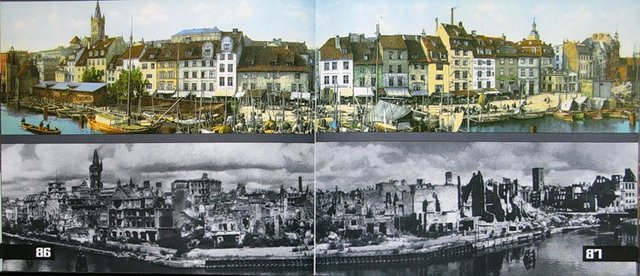
Before the arrival of the Knights of the Teutonic Order in the samba on the site of modern Kaliningrad there was a Prussian fortress Tuvangste (Tvangste, Tvangeste). Reliable information about the foundation Tvangste and descriptions of the history of the fortress has not left. According to legend Tvangste fortress was founded by Prince Zamo in the middle of the VI century. There is evidence of an attempt to establish a settlement at the mouth of the Pregel, undertaken at the end of X century Hovkin, son of the Danish king Harald I Sinegubov. German chronicles for 1242 contain information on the negotiations of Lübeck Deputies and Grand Master of the Teutonic Order Gerhard von Malberg on the basis of a free trading city on the hill on the banks of the Pregel.
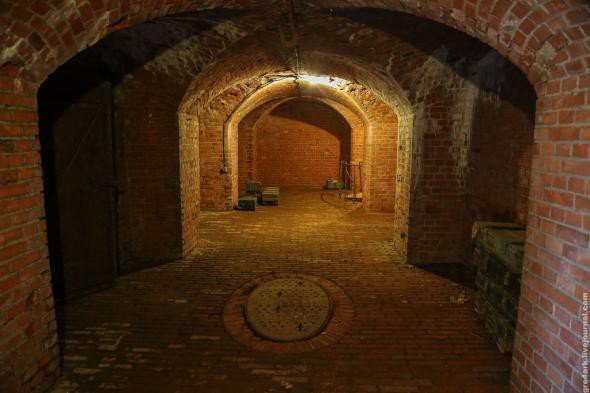
In the middle of the XIII century placename Tvangste extended to the Prussian fortified settlement, the hill on which it was located, and the surrounding forest.
Tvangste Fortress was taken and burned at the beginning of 1255 during the campaign of the united forces of the Knights of the Order and the Bohemian King Premysl Otakar II. There is a legend according to which the King Otakar II advise the Grand Master of the Teutonic Order Poppo von Ostern build on the site Tvangste Order Castle. Bookmark fortress Konigsberg took place in early September 1255. The first provincial commander Königsberg became Burkhard von Hornhausen.
There are several versions of the name of Koenigsberg. The most common version of the name connects the fortress of Konigsberg, Royal Mountain, with King Otakar II. According to her castle and future city received the name in honor of the King of Bohemia. Other versions of the origin of the toponym associate it with the Vikings or the Prussians. Perhaps "Konigsberg" is a form of "Konungoberg" where "konung", "kunnigs" - "Prince", "leader", "head of the family", and the word "berg" can mean both "mountain" and "steep, Highland". In Russian chronicles and maps until the end of the XVII century it was used instead of the name Königsberg placename Korolevets.
The first in 1255 on the hill on the right bank of the Pregel two wooden blockhouse were built. Kenigsberg first mentioned in a document dated 29 June 1256. In 1257 began the construction of the west blockhouse of stone fortifications. In 1260, 1263 and 1273 years the castle besieged rebels Prussians, but was not taken. Since 1309 Konigsberg Castle was the residence of Marshal of the Teutonic Order.
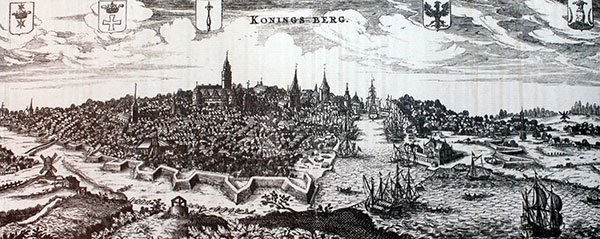
February 28, 1286 landmeyster Prussia Konrad von Tirberg granted settlement that has arisen from the castle walls, the status of the city based on the Kulm law. Most likely, a settlement originally called by the name of the castle - Konigsberg. But later, with the emergence of the neighboring villages, it became known as the Altstadt, translated from German means "old town". The settlement, which arose to the east of the castle, was called Neustadt (New Town). Later, it was renamed in Neustadt Löbenicht, and May 27, 1300 by the provincial commander of Berthold von Königsberg Bryuhavena Löbenicht received city rights. The island, located south of the Altstadt, formed a settlement, originally called Fogtsverder. In 1327 settlement on the island has received city rights. In the charter for the granting of city rights, it is called Knipav that are likely to correspond to the age-old Prussian names. Since 1333 the town was called Pregelmyunde but gradually stuck to the original name Germanized form - Kneiphof.
Town Altstadt, Löbenicht Kneiphof and had its own coat of arms, city councils, mayors, from the XIV century were members of the Hanseatic trade union.
In 1325, under the leadership of Bishop Johannes Clara Island Kneiphof the construction of the Cathedral. In a document dated 13 September 1333 the Grand Master of the Teutonic Order Luther von Braunschweig has agreed to continue the construction of the cathedral, this date is considered the official date of the start of construction. Construction of the Cathedral was completed in 1380. In the winter of 1390-1391 years in Königsberg stopped British detachment under the command of the Earl of Derby, the future King Henry IV of Lancaster.
After the loss of Marienburg (Malbork, Poland) during the Thirteen Years' War in 1457, the Grand Master Ludwig von Erlihskhauzen moved the capital of the Teutonic Order in Königsberg. In 1523 Hans Weinreich with the assistance of the Grand Master Albrecht opened in Löbenicht first printing house in Königsberg, in which the first book was printed in 1524. April 8, 1525, the Grand Master of the Teutonic Knights Albrecht of Brandenburg-Ansbahsky concluded with Polish King Sigismund I Krakow world in which the Teutonic Order was secularized, and formed the Prussian duchy. The capital of Prussia became Kenigsberg. In 1544 the University opened in Königsberg, later received in honor of Duke Albrecht name Albertina. Since 1660 in Konigsberg began publication city newspaper. In May 1697 in the Grand Kenigsberg embassy he visited a gentleman by the name of Peter Mikhailov, the Russian Tsar Peter I, who lived in the city for about a month. Later, Peter I visited the city in November 1711, in June 1712, in February and April 1716.
January 18, 1701 in the castle of Königsberg the Elector of Brandenburg and Duke of Prussia, Frederick III was crowned as the King of Prussia under the name of Frederick I. In spite of the coronation in Königsberg, the capital and royal residence was Berlin. Konigsberg population in 1701 exceeded 40 thousand. Man. According to the decree of the King of Prussia Frederick William I of 13 July 1724 the city of Altstadt, Löbenicht and Kneiphof were officially merged into a single city - Konigsberg.
January 27, 1744, en route from Szczecin to St. Petersburg through Konigsberg proceeded Sophia Augusta Frederica von Anhalt-Zerbst-Dornburg, the future Russian Empress Catherine II. January 11, 1758 during the Seven Years' War, Russian troops entered Konigsberg, and then on January 24, in the Cathedral of representatives of all urban estates took the oath of allegiance to the Russian Empress Elizabeth. Until 1762 the town was part of the Russian Empire. In 1782, the city population was 31 368 people. In 1793, the city opened the first obstetric-gynecological institution. August 8, 1803 in Königsberg there was an earthquake.
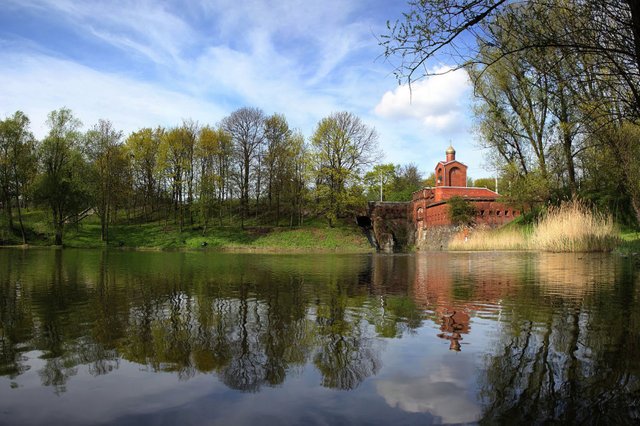
After the battles of Eylau and Friedland in January to June, 15 June, 1807 Königsberg was occupied by the French army. 10-13 July 1807 and 12-16 June 1812 in the city stayed Napoleon Bonaparte. On the night of 4 to 5 January 1813, the French army had left Konigsberg, and around noon on January 5 in the city of Russian troops entered Corps under the command of Peter Wittgenstein.
In 1813 in Königsberg was opened an astronomical observatory, the director of which was an outstanding mathematician and astronomer Friedrich Wilhelm Bessel. In 1830 the city got the first (local) water. In 1834, Moritz Hermann Jacobi in Königsberg laboratory demonstrated the world's first electric motor. July 28, 1851 Koenigsberg Observatory astronomer Augustus Ludwig W. Bush for the first time in history was made photograph of a solar eclipse. October 18, 1861 in Königsberg was crowned William I, the future Kaiser Germany. In the years 1872-1874 was built the first urban water supply network, in 1880, work began on laying the city sewer. In May 1881 in Königsberg opened the first tram route, in 1888 the city's population was 140.9 thousand people, in December 1890 -. 161.7 thousand people.. To protect the city around the perimeter of the mid-1880s a defensive ring of 15 forts were built. In May 1895 on the streets of Koenigsberg proceeded first trams. In 1896, the Königsberg Zoo was opened, the director of which was Klaas Hermann (1841-1914).
Konigsberg population in 1910 amounted to 249.6 thousand. Residents. Devau airport - In 1919, the first German airport was opened in Königsberg. September 28, 1920 President of the German Friedrich Ebert opened in Königsberg the first East Prussian Fair, located on the territory of the zoo, and later in special pavilions. In 1939, the city had 373,464 inhabitants.
During the Second World War, Konigsberg repeatedly bombed from the air. The first raid on the town made the Soviet Air Force September 1, 1941. The raid involved 11 bombers Pe-8, of which none have been shot down. The bombardment produced a psychological effect, but any significant casualties and damage caused was not. April 29, 1943 bomber Pe-8 from the Long Range Aviation for the first time dropped to Konigsberg bomb weighing 5 tons. On the night of August 27, 1944 the 5th Group of the Royal Air Force of Great Britain as part of 174 Lancaster bombers had raided the town, during which bombed the eastern suburbs, and Royal Air Force lost 4 aircraft. The most massive and terrible raid on Königsberg was made by British Air Force on the night of August 30, 1944. 189 Lancasters dropped 480 tons of bombs, killing 4.2 thousand. Man, 20% of industrial facilities and 41% of all buildings in the city, the historic center of the city was razed to the ground were destroyed. During the raid were first used bombs filled with napalm. RAF losses were 15 bombers.
As a result, the East Prussian offensive of the Red Army to the January 26, 1945 Königsberg was in blockade. However, January 30th Panzer Division "Greater Germany" and one Infantry Division from Brandenburg (now the village of Ushakovo) and 5th Panzer Division and one Infantry Division from Königsberg drove the troops of the 11th Guards Army at 5 kilometers from the Gulf of Frisches Haff , Release Konigsberg from the southwest. February 19 counter attacks along the northern coast of the Gulf of Frisches Haff from Fischhausen (now Primorsk) and Konigsberg was to break the defense of the 39th Army and the restored Königsberg message with the Samland Peninsula.
From 2 to 5 April 1945 Königsberg was subjected to massive artillery strikes and air raids. 6 April troops of the 3rd Belorussian Front stormed the walled city. Non-flying weather is not allowed to make full use of aviation, by the end of the day the assault detachments and groups reached the outskirts of the city. 7 April the weather improved, and Königsberg suffered massive bombardment. April 8 advancing from the north and south of the Red Army troops dismembered enemy group into two parts. 4th German army of General Muller tried to blow from the Samland Peninsula assist Koenigsberg garrison, but these attempts were thwarted by Soviet aircraft. By the evening of the Wehrmacht defenders were clamped in the center of the city under the continuous blows of Soviet artillery. April 9, 1945 the commandant of the city and fortress of Koenigsberg, General Otto von Lasch ordered the garrison to surrender, for which he was sentenced in absentia to death by Hitler. The last pockets of resistance were eliminated on April 10 at the Tower "Don" Red Flag was hoisted. . More than 93 thousand German soldiers and officers were taken prisoner, about 42 thousand -. Were killed during the assault. Irreversible loss of the Red Army directly during the assault of Koenigsberg was 3.7 thousand. Man.
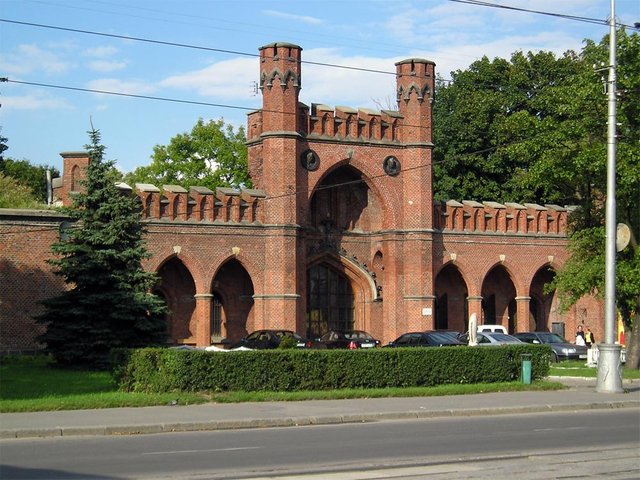
Capture of Königsberg was noted in Moscow 24 artillery salvoes from 324 guns, established a medal "For the Taking of Königsberg" - the only Soviet medal, established for the capture of the city, is not the state capital. After World War II, according to the decisions of the Potsdam Conference city of Königsberg was transferred to the Soviet Union.
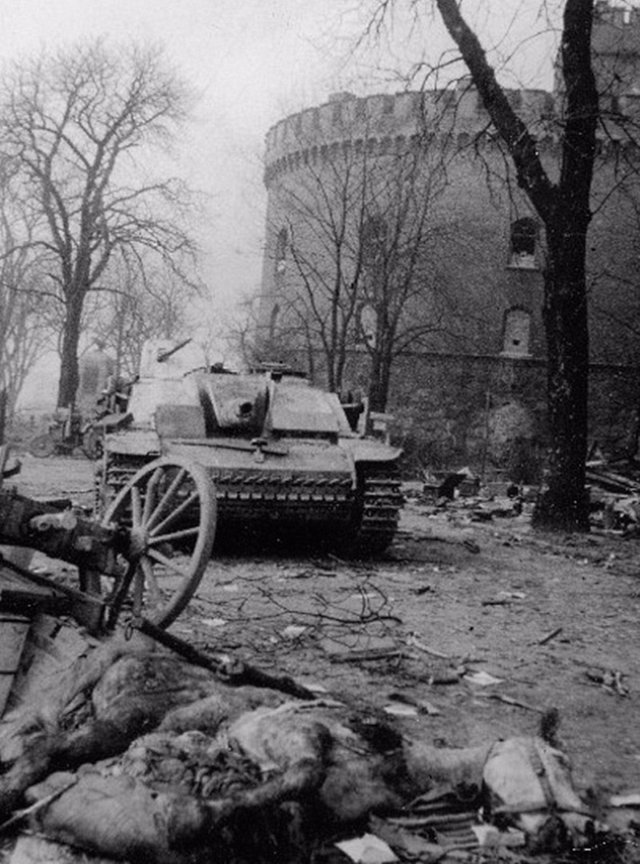
June 27, 1945 Königsberg Zoo in which only five animals remained after the April storm: badger, donkey, deer, elephant, and a wounded hippo Hans, received its first post-war visitors.
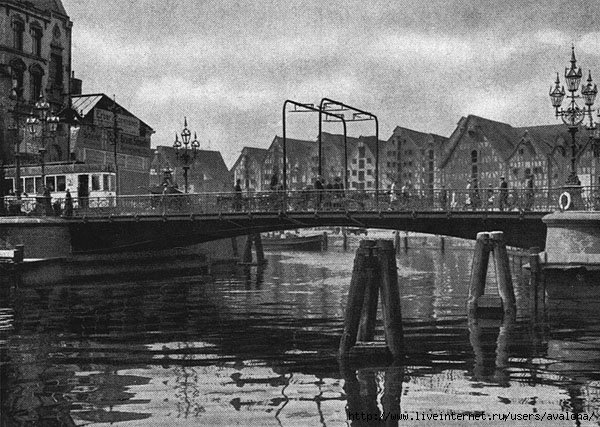
Decree of the Supreme Soviet of the USSR from July 4, 1946 Königsberg was renamed Kaliningrad. The city was populated by immigrants from other regions of the Soviet Union, the German population in 1948 was deported to Germany. Due to the important strategic position and the large concentration of troops Kaliningrad was closed to foreign nationals. In the postwar years, special attention was paid to the restoration of production, issues of preservation of historical and cultural values were of secondary importance, and are often completely ignored. In 1967, the decision of the first secretary of the Party Committee of the Kaliningrad NS Konovalova Königsberg Castle, seriously injured during a raid British aircraft in August 1944 and the assault on the city in April 1945, was blown up. Demolition of the ruins and a large part of the surviving buildings continued until the mid-1970s, which caused irreparable damage to the architectural appearance of the city.
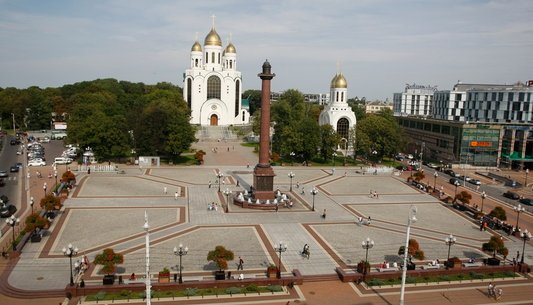
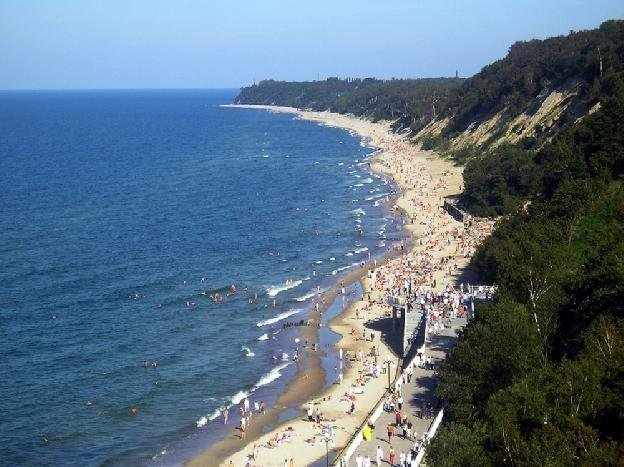
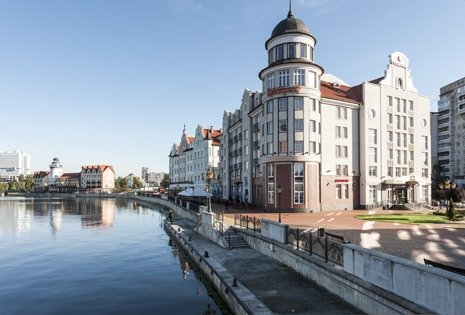
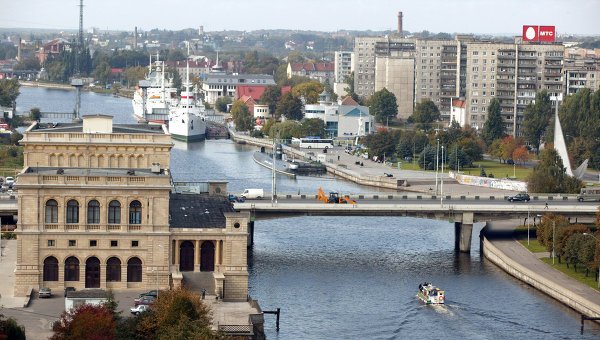
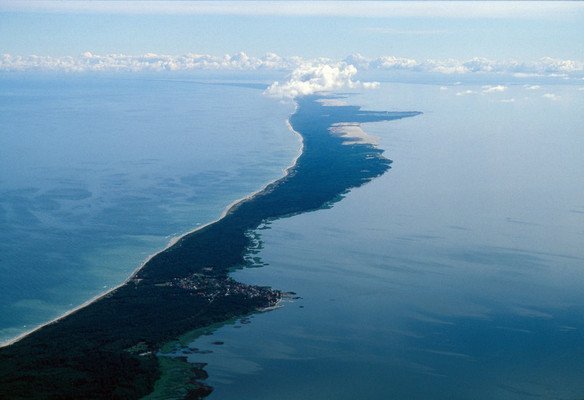
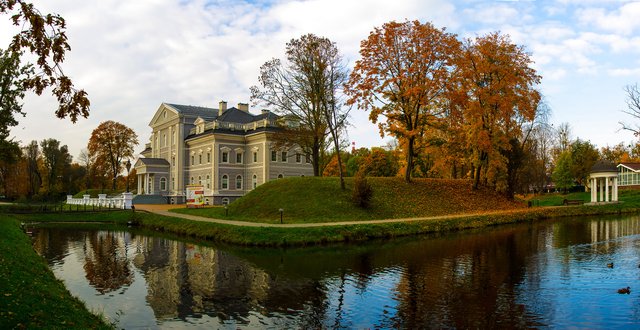
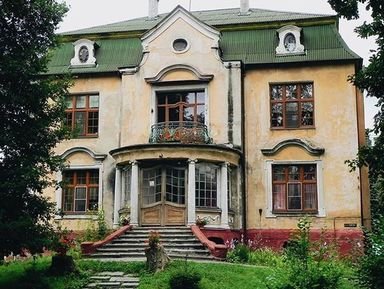
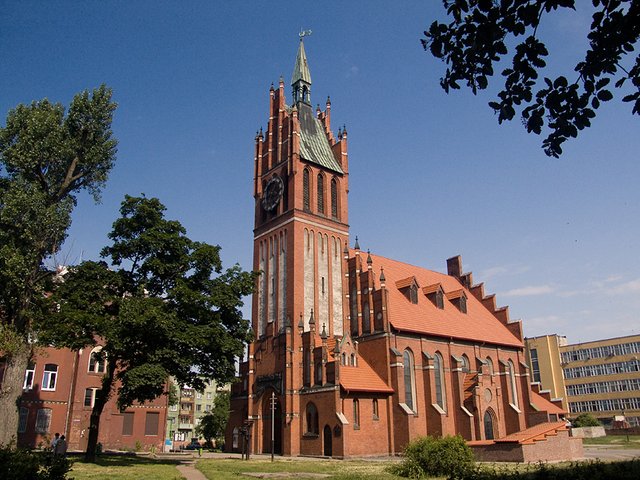
You are not alone! There are at least 10 people from Kenig here. Please add Kenig tag!
Downvoting a post can decrease pending rewards and make it less visible. Common reasons:
Submit
what about Gurievsk?
Downvoting a post can decrease pending rewards and make it less visible. Common reasons:
Submit
Cool place!
Downvoting a post can decrease pending rewards and make it less visible. Common reasons:
Submit